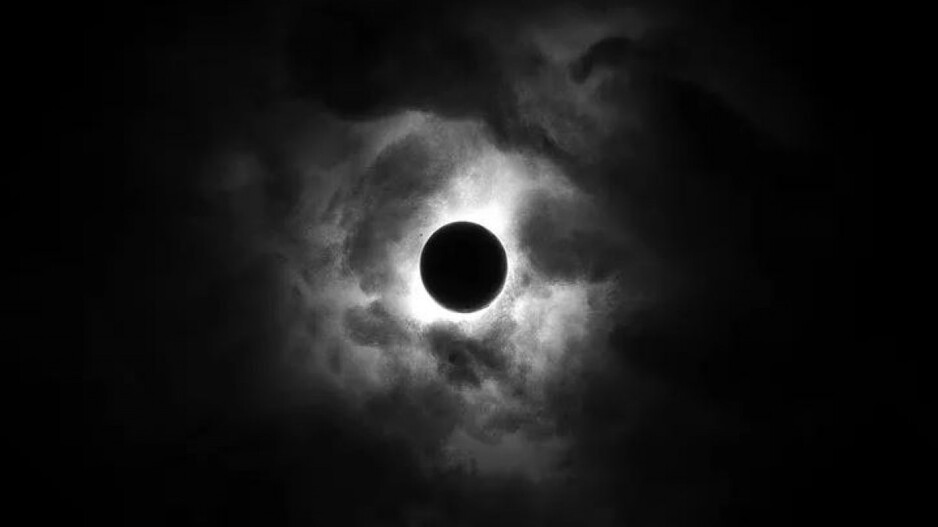Exciting News for Stargazers! As 2024 comes to a close, skywatchers are in for a treat with a rare celestial event called the ‘black moon.’
In India, the rare ‘black moon’ phenomenon can be observed at around 3:57 am on December 31, as per the US-based agency. Although not an officially recognized term in astronomy, the event has grown increasingly popular among stargazers and amateur astronomers over the years.
This unusual phenomenon, as reported by the US Naval Observatory, will occur on December 30 at 5:27 pm ET (2227 GMT). While viewers in America will witness it on December 30, those in Europe, Africa, and Asia can catch the event on December 31.
What is a ‘Black Moon’?
A ‘black moon’ refers to the occurrence of a second new moon within the same calendar month. While the term isn’t formally used in astronomy, it is widely recognized, similar to how the term ‘blue moon’ describes the second full moon in a month.
During this phase, the moon becomes completely invisible from Earth, similar to any new moon. What makes the Black Moon unique is its rarity, occurring only when two new moons fall within the same month. A new moon takes place when the sun and moon align at the same celestial longitude, with the moon’s illuminated side turned away from Earth, making it impossible to see with the naked eye.
Since the lunar cycle averages 29.5 days, there are rare instances when a single month contains two new moons, resulting in a Black Moon. This phenomenon is comparable to a Blue Moon, which refers to two full moons in one month. Interestingly, during the new moon phase, the moon remains invisible unless a solar eclipse happens at the same time.
What Stargazers Can Look Forward To
Though the Black Moon itself can’t be seen, its impact on the night sky is significant. With no moonlight to interfere, stargazers can enjoy a darker sky, offering exceptional opportunities to view stars, planets, and even distant galaxies in greater detail.
Using binoculars or a telescope, stargazers can catch a glimpse of fascinating celestial sights such as Jupiter, visible all night long, and Venus, which will shine brightly in the evening sky. In the Northern Hemisphere, constellations like Orion, Taurus, and Leo will stand out in the night sky. Orion’s belt will serve as an excellent guide, with Sirius, the brightest star, located just south of it.
In the Southern Hemisphere, the Southern Cross (Crux) and Canopus, the second-brightest star, will be visible. Canopus is situated in the Carina constellation, offering another stunning view for observers down south.
👉 Click here to read the latest Gujarat news on TheLiveAhmedabad.com



